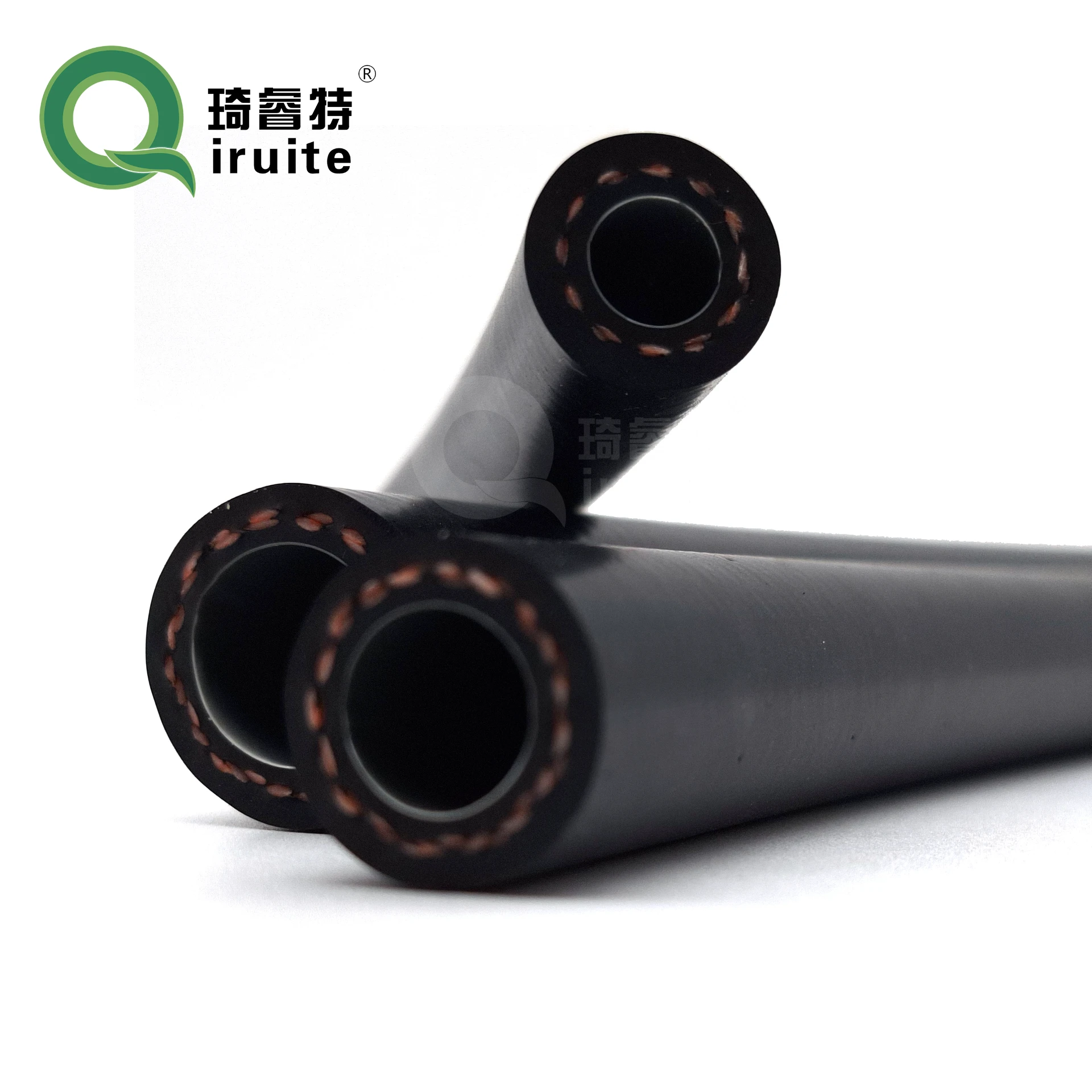Automotive Air Conditioning Hose Systems and Connector Solutions for Optimal Performance Solutions
Understanding Automotive Air Conditioning Hoses and Fittings
Automotive air conditioning systems are essential for providing comfort in vehicles, especially in hot weather. At the heart of these systems are the air conditioning hoses and fittings, which play a crucial role in ensuring the efficient circulation of refrigerant. This article will delve into the functionalities, types, materials, and importance of these components in automotive air conditioning systems.
The Functionality of Hoses and Fittings
The primary function of hoses in an automotive air conditioning system is to transport refrigerant between various components, such as the compressor, condenser, evaporator, and expansion valve. Fittings, on the other hand, serve as connectors that secure the hoses to these components. Together, these elements form a closed-loop system that operates under fluctuating pressures, which means they must be both durable and resistant to temperature changes.
In a typical air conditioning system, refrigerant travels in a continuous cycle it is compressed into a high-pressure gas in the compressor, moves through the condenser where it releases heat and condenses into a liquid, flows through the expansion valve to drop in pressure and temperature, and finally enters the evaporator to absorb heat from the cabin, cooling the air that is circulated within the vehicle. Hoses and fittings ensure this cycle runs smoothly and efficiently.
Types of Hoses
There are several types of hoses used in automotive air conditioning systems
1. High-Pressure Hoses These hoses carry refrigerant in its gaseous state from the compressor to the condenser. They are built to withstand high pressure and are often reinforced with layers of materials to prevent bursting.
2. Low-Pressure Hoses These connect the evaporator to the compressor, transporting refrigerant in its low-pressure gaseous state. While they operate under lower pressure, they still require durability and resistance to temperature fluctuations.
3. Flexible Hoses Made from materials like rubber or silicone, flexible hoses can navigate tight spaces and bends within the vehicle’s engine bay, making them ideal for complex routing.
automotive air conditioning hoses and fittings

Materials Used
Automotive air conditioning hoses are primarily made from rubber, thermoplastic, or a combination of both. Rubber hoses are popular due to their flexibility and ability to withstand harsh environmental conditions. However, they can degrade over time due to exposure to ozone, heat, or refrigerant.
Thermoplastic hoses, on the other hand, offer superior resistance to chemicals and abrasion. They are lightweight and often designed for high-pressure applications, making them a reliable choice for modern vehicles.
Importance of Quality Hoses and Fittings
The quality of hoses and fittings in an automotive air conditioning system is paramount. Poor-quality materials can lead to leaks, which not only compromise the system's efficiency but can also pose a risk to the environment if refrigerants escape. Regular inspections and timely replacements of worn-out hoses and fittings can prevent costly repairs and ensure optimal performance.
Moreover, with the advancement of automotive technology, newer refrigerants with different properties require compatible materials. For instance, R-1234yf, a commonly used refrigerant in modern vehicles, requires hoses and fittings that can withstand its chemical composition without degrading.
Conclusion
In conclusion, automotive air conditioning hoses and fittings are integral components that ensure the effective functioning of the air conditioning system. Understanding their types, materials, and functions helps in making informed decisions regarding maintenance and replacements. By prioritizing quality in these parts, vehicle owners can enhance not only the longevity of their air conditioning systems but also the overall driving experience. Proper attention to these components makes all the difference in achieving a comfortable environment inside the vehicle, ensuring an enjoyable ride regardless of external temperatures.
-
Ultimate Spiral Protection for Hoses & CablesNewsJun.26,2025
-
The Ultimate Quick-Connect Solutions for Every NeedNewsJun.26,2025
-
SAE J1401 Brake Hose: Reliable Choice for Safe BrakingNewsJun.26,2025
-
Reliable J2064 A/C Hoses for Real-World Cooling NeedsNewsJun.26,2025
-
Heavy-Duty Sewer Jetting Hoses Built to LastNewsJun.26,2025
-
Fix Power Steering Tube Leaks Fast – Durable & Affordable SolutionNewsJun.26,2025

